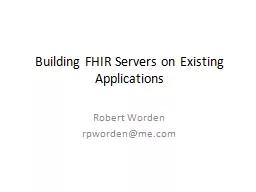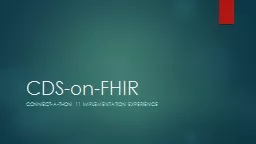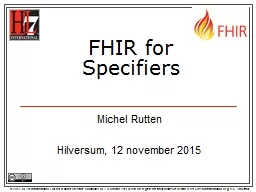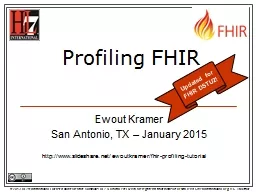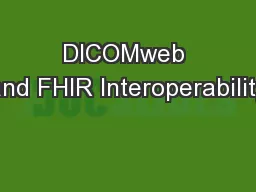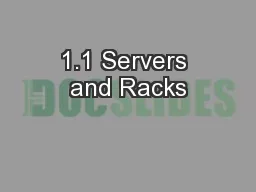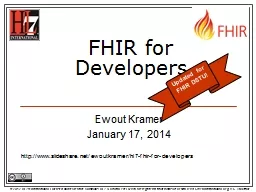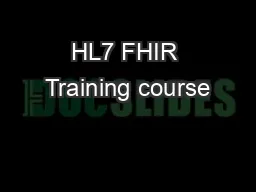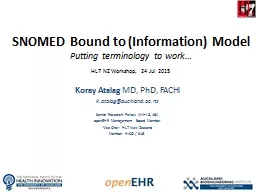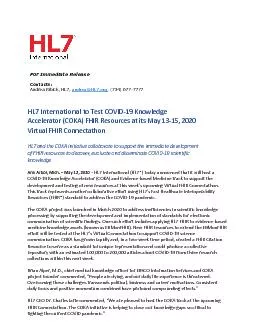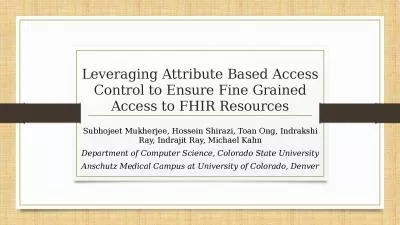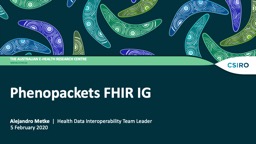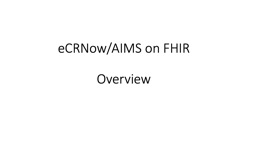PPT-B uilding FHIR Servers on Existing Applications
Author : liane-varnes | Published Date : 2018-10-26
Robert Worden rpwordenmecom Outline FHIR and CDA Building FHIR Servers and Clients Mapping Application Databases to FHIR FHIR Server Demo FHIR Client for Multiple
Presentation Embed Code
Download Presentation
Download Presentation The PPT/PDF document "B uilding FHIR Servers on Existing App..." is the property of its rightful owner. Permission is granted to download and print the materials on this website for personal, non-commercial use only, and to display it on your personal computer provided you do not modify the materials and that you retain all copyright notices contained in the materials. By downloading content from our website, you accept the terms of this agreement.
B uilding FHIR Servers on Existing Applications: Transcript
Download Rules Of Document
"B uilding FHIR Servers on Existing Applications"The content belongs to its owner. You may download and print it for personal use, without modification, and keep all copyright notices. By downloading, you agree to these terms.
Related Documents

